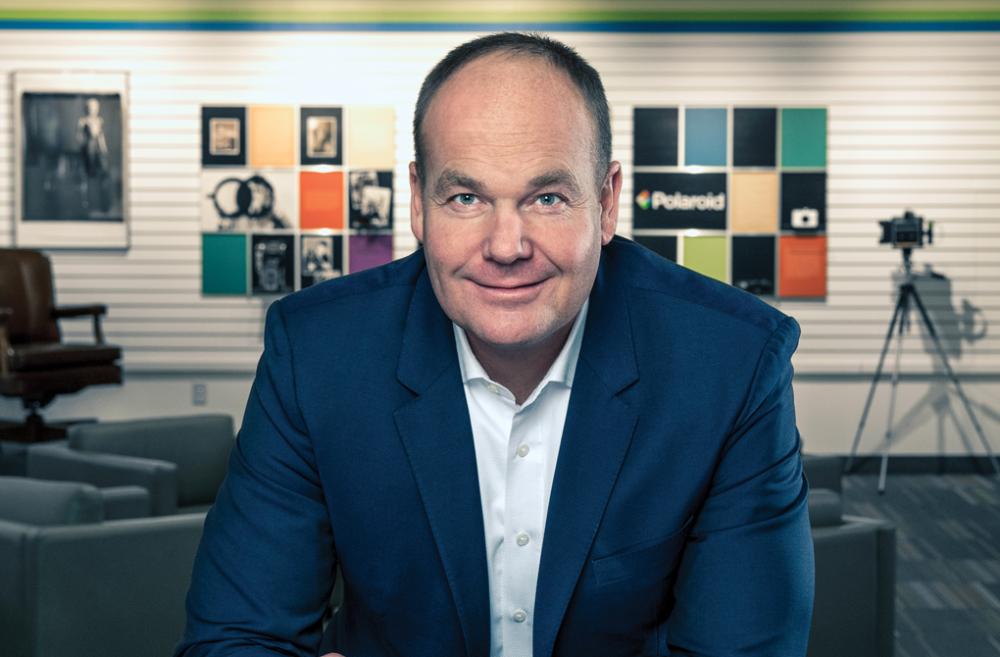

At the Consumer Electronics Show in Las Vegas this year, Polaroid had plenty to celebrate— even beyond the brand’s 80th anniversary in 2017.
For starters, media outlets praised the company’s latest camera, Polaroid Pop, placing it in their “favorite CES gadgets” lists. The camera takes HD video and prints 3-by-4-inch photos—a nod to the dimensions of old-school Polaroid film. Polaroid also generated buzz with a $499 3-D printer and a Wi-Fi home security camera. “We were one of the busiest booths on the floor,” says Scott Hardy, the company’s CEO and president.
Flash back to a very different experience in 2009. Three weeks before the show, Polaroid had filed for bankruptcy for the second time in eight years. That year, the booth chatter wasn’t about slick new products. Instead, Hardy and his colleagues had to convince retail partners that Polaroid wasn’t doomed. Then, Hardy says, they were just trying to survive. “Now here we are, growing and thriving.”
That’s because, in a departure from Polaroid’s long history, the company no longer manufactures any products that bear its name. Eight years ago, Polaroid became purely a licensing company. Within 12 months, it was profitable. In 2016, revenue reached $600 million for the Minnetonka, Minnesota-based business (with offices in New York, Hong Kong and London). But there were times when those sales seemed unlikely. “It sure seemed like a long way to go, just based on where we were in those early days,” Hardy says. In that regard, the company’s overhaul was like pressing the button on one of Polaroid’s 20thcentury instant cameras: Take your best shot and hope it develops well.

ACG's DealMAX® is the middle market's can’t-miss M&A event. Join 3,000+ dealmakers on April 7-9 for one-on-one meetings, networking, industry insights, fun and more.
